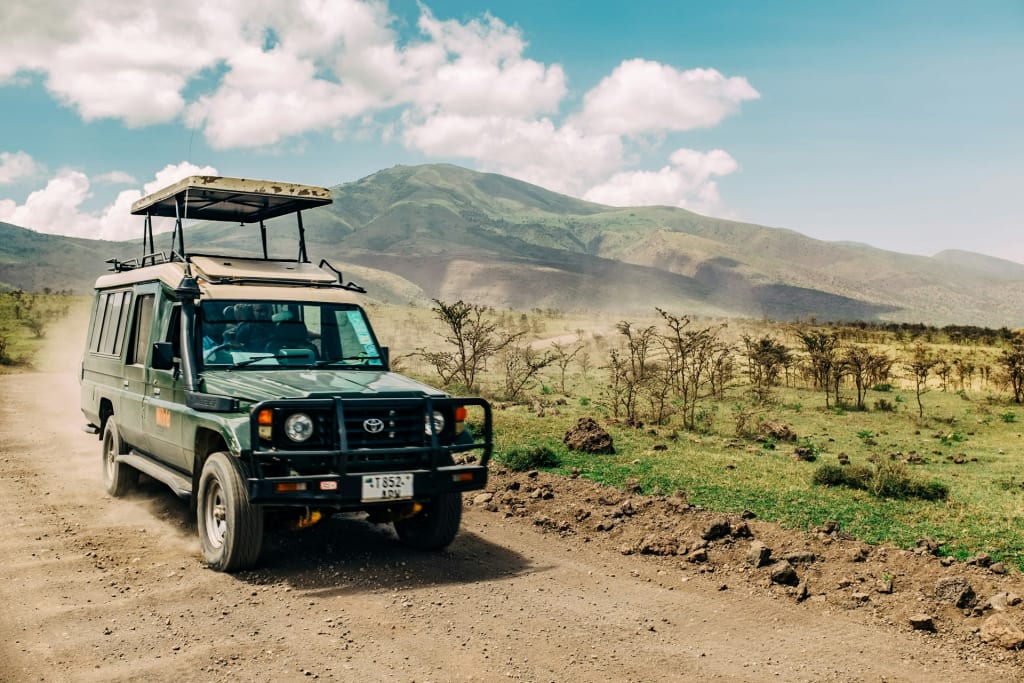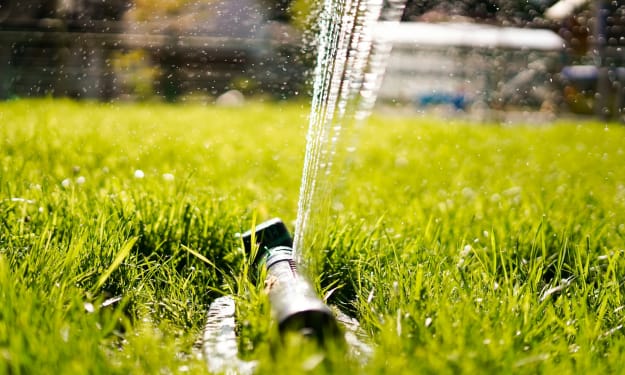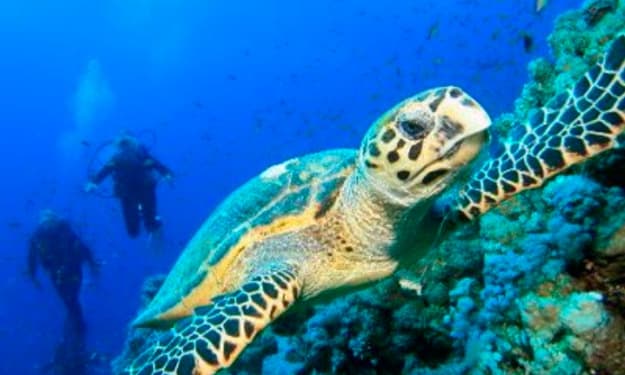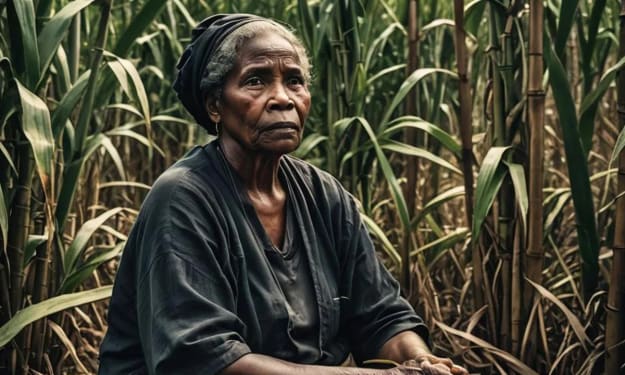The Most Photogenic Spots in Kenya's National Parks
Capturing Kenya: The Most Stunning Photographic Gems in Its National Parks

Kenya's national parks are a haven for photographers seeking to capture the raw beauty of African wildlife and landscapes. From the towering Mount Kilimanjaro in Amboseli to the vibrant birdlife of Lake Nakuru, these parks offer a diverse array of breathtaking scenes. Here’s a guide to some of the most photogenic spots in Kenya’s national parks.
Amboseli National Park
Nestled at the foot of Mount Kilimanjaro, Amboseli National Park is renowned for its stunning vistas of the mountain, often framed by large herds of elephants. The park provides a unique opportunity to capture the juxtaposition of wildlife against the backdrop of Africa’s highest peak. The sight of elephants strolling across the plains with the snow-capped Kilimanjaro in the background is a classic shot that has graced many travel magazines.
Amboseli is not just about elephants. The park is home to a variety of wildlife, including lions, cheetahs, zebras, and giraffes. Photographers can capture these animals in their natural habitats, from the acacia woodlands to the open savannahs. Bird enthusiasts will find the park particularly rewarding, with over 400 bird species, including the striking gray crowned-crane and a variety of waterfowl in the park’s marshes and lakes.
The best time for photography in Amboseli is during the dry season, from June to October, when animals gather around water sources, making them easier to spot and photograph. Early mornings and late afternoons offer the best light, and the park’s diverse landscapes ensure that every game drive is filled with new photographic opportunities.
Maasai Mara National Reserve
Maasai Mara is arguably Kenya’s most famous wildlife reserve, known for its annual Great Migration, where over a million wildebeest and hundreds of thousands of zebras and gazelles move across the plains in search of fresh grazing. This event provides photographers with spectacular scenes of mass animal movements, predator-prey interactions, and dramatic river crossings filled with danger from lurking crocodiles.
Even outside the migration season, the Maasai Mara offers an abundance of wildlife and endless photographic possibilities. The open savannahs are dotted with solitary acacia trees, making for iconic African landscape shots. Lions, leopards, and cheetahs are commonly seen, and the Mara River, with its hippos and crocodiles, adds another dimension to the photographic experience.
Balloon safaris offer a unique perspective, allowing photographers to capture the vastness of the Mara from above. The golden light of dawn, combined with the sweeping views of the landscape, makes for unforgettable images. The best time to visit the Maasai Mara is from July to October, during the migration, but the park’s rich biodiversity ensures that there’s always something to photograph year-round.
Lake Nakuru National Park
Lake Nakuru National Park, located in the Great Rift Valley, is famous for its vast flocks of flamingos that transform the lake’s shores into a vibrant pink spectacle. This soda lake is a birdwatcher’s paradise, hosting over 450 bird species. The sight of thousands of flamingos feeding in the shallow waters is a must-see and a highlight for any photographer.
Beyond the flamingos, Lake Nakuru is also home to significant populations of white and black rhinos, making it one of the best places in Kenya to photograph these endangered animals. The park’s acacia forests and grasslands provide diverse habitats for lions, leopards, and Rothschild’s giraffes, offering ample opportunities for wildlife photography.
For the best photographs, visit during the dry season (July to October), when wildlife is more concentrated around the lake. Early morning and late afternoon are ideal for capturing the warm, soft light that enhances the park’s scenic beauty. A telephoto lens is essential for close-up shots of birds and distant wildlife.
Samburu National Reserve
Situated in northern Kenya, Samburu National Reserve is known for its unique landscapes and rare wildlife species. The park’s semi-arid savannahs, acacia forests, and the meandering Ewaso Ng'iro River provide a dramatic backdrop for photography. Samburu is home to several species that are not found in other parts of Kenya, such as the Grevy’s zebra, Somali ostrich, reticulated giraffe, and the long-necked gerenuk.
Photographers will find the contrast between the arid environment and the lush riverbanks particularly striking. The reserve’s elephants, lions, and leopards are often seen along the river, providing excellent photo opportunities. The area’s rich birdlife, including the vibrant bee-eaters and kingfishers, adds another layer of interest.
The best time to visit Samburu is during the dry season (June to October), when animals congregate around the river. This period also offers clear skies and good lighting conditions for photography. A visit to the nearby Buffalo Springs and Shaba National Reserves can complement your photographic journey, as these areas share similar landscapes and wildlife.
Tsavo National Park
Tsavo National Park, divided into Tsavo East and Tsavo West, is one of the largest national parks in Kenya. Its vast, rugged landscapes, including the Yatta Plateau and the red-hued plains, provide a dramatic setting for wildlife photography. Tsavo East is known for its large herds of red elephants, which get their distinctive color from the park’s red soil.
The park is also home to the iconic maneless lions, which have adapted to the harsh environment. Tsavo West, with its diverse habitats of swamps, mountains, and volcanic landscapes, offers a different but equally captivating photographic experience. The Mzima Springs, with its clear waters and underwater viewing chamber, allows photographers to capture hippos and crocodiles in a unique setting.
Photographers visiting Tsavo should be prepared for a more rugged experience, but the rewards are immense. The best time to visit is during the dry seasons (June to October and January to February), when wildlife is more easily spotted around water sources. The park’s remote and wild nature ensures that every shot captures the essence of untamed Africa.
Ol Pejeta Conservancy
Ol Pejeta Conservancy, located in central Kenya, is renowned for its conservation efforts and is home to the last two northern white rhinos on Earth. This private conservancy offers exclusive access to some of Africa’s most iconic species in a pristine setting. The opportunity to photograph rare and endangered wildlife, such as rhinos and chimpanzees, makes Ol Pejeta a unique destination for wildlife photographers.
The conservancy also hosts a variety of other animals, including lions, elephants, and the endangered Grevy’s zebra. Night game drives provide a chance to photograph nocturnal animals, adding a different dimension to your photographic portfolio. The landscape, with its rolling plains and views of Mount Kenya, provides a stunning backdrop for wildlife photography.
For the best photographs, consider booking guided game drives or walking safaris with experienced rangers. The soft, golden light of early morning and late afternoon is ideal for capturing the beauty of the landscape and its inhabitants. Respect for wildlife and adherence to conservancy rules are crucial to ensure a safe and ethical photography experience.
Mount Longonot National Park
Mount Longonot National Park, with its extinct volcano and dramatic landscapes, offers a unique setting for photography. The park’s trails lead up to the rim of the volcano, providing panoramic views of the Great Rift Valley and the lush crater floor. The ascent may be challenging, but the stunning vistas from the top make it worthwhile.
Wildlife sightings in Mount Longonot include buffaloes, zebras, and various antelope species. The park’s flora and fauna, combined with its volcanic features, create a visually compelling environment for photographers. The park’s proximity to Nairobi makes it an accessible destination for day trips.
The best time to visit Mount Longonot is during the dry season (June to October), when the trails are less slippery and the weather is more predictable. Early morning hikes offer the best light and cooler temperatures for photography. A wide-angle lens is recommended to capture the expansive landscapes and the crater’s unique features.
Conclusion
Kenya’s national parks are a treasure trove for photographers, offering diverse landscapes, abundant wildlife, and unique photographic opportunities. From the iconic scenes of Amboseli and Maasai Mara to the hidden gems of Samburu and Ol Pejeta, each park provides a different perspective on the natural beauty of Kenya. Whether you’re capturing the dramatic Great Migration, the serene beauty of flamingos at Lake Nakuru, or the rugged wilderness of Tsavo, these parks will leave you with unforgettable images and memories.
For further details on the best spots for photography in Kenya's national parks, you can explore resources from Pangolin Photo, Nature TTL, Encounter Travel, and National Parks Traveler.
About the Creator
Enjoyed the story? Support the Creator.
Subscribe for free to receive all their stories in your feed. You could also pledge your support or give them a one-off tip, letting them know you appreciate their work.





Comments (1)
informative!